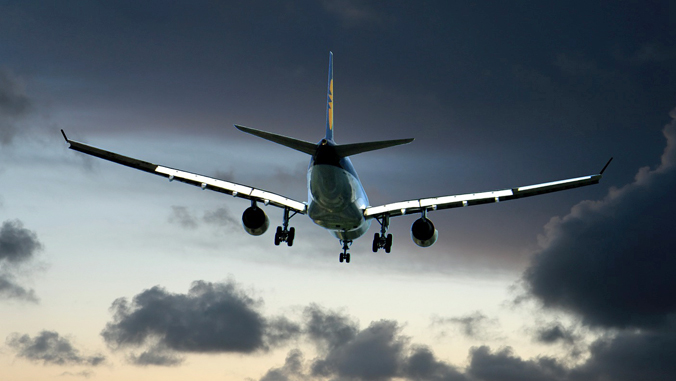
Economic conditions in Hawaiʻi are improving, thanks to the dominant U.S. visitor market outperforming expectations, and a strong vaccine rollout locally and nationally. Total visitor arrivals will climb to more than 70% of their pre-pandemic level by late summer, according to a new forecast for the State of Hawaiʻi from the University of Hawaiʻi Economic Research Organization (UHERO).
The U.S. visitor market has outperformed expectations. Built-up savings and pent-up demand will drive mainland arrivals to near-normal levels in coming months, although international markets will be much slower to recover.
Local employment gains have been limited so far, but the vaccine rollout in Hawaiʻi and across the nation sets the stage for broader economic reopening by this summer. Still, a full recovery will take several years to accomplish, UHERO predicts.
Highlights of the May 14 report:
- More than half of the U.S. adult population has now received at least one dose of a COVID-19 vaccine, and full vaccination for more of the U.S. population will support a robust recovery. An accumulation of savings during the pandemic and pent-up demand will fuel a boom in consumer spending. The U.S. economy will expand by about 6% this year. Slower vaccine rollout elsewhere, especially in developing countries, will present a hurdle for global recovery.
- In April 2021, the statewide number of daily visitors surpassed half of the pre-pandemic level, with all of the recovery taking place in the domestic market. As for international markets, lagging vaccination rates, high numbers of infections and obstacles to overseas travel will keep visitor numbers low. A near-term supply constraint is the availability of rental cars, while airlift and accommodations remain underutilized.
- The recovery of jobs has trailed tourism. March payrolls were still more than 100,000 jobs below their pre-pandemic level. Despite this, employers report difficulty finding necessary workers, as the available labor force has been reduced by outmigration, ongoing virus concerns and family caregiving until schools reopen. While vaccination progress will support an improvement of job gains, the payroll job count will not approach pre-pandemic levels for several years.
- An unprecedented level of federal spending has provided essential support for Hawaiʻi’s economy over the past year, and a substantial recovery impetus will come from massive additional support now in the pipeline. Direct aid to state and local governments will help to offset a significant fraction of budget shortfalls.
- The pandemic’s economic toll threatened many families with housing insecurity, but federal assistance to renters and homeowners helped to limit the negative impacts. Rents, which fell in 2020, have turned upward in recent months, and home prices have continued to soar. Commercial real estate has suffered from weak demand.
UHERO is housed in UH Mānoa’s College of Social Sciences.
Read more on UHERO’s website.
This report is an example of UH Mānoa’s goal of Excellence in Research: Advancing the Research and Creative Work Enterprise (PDF), one of four goals identified in the 2015–25 Strategic Plan (PDF), updated in December 2020.

